Reportar esta entrada
Más sobre la misma comunidad-colección
Baile Militar de la Escuela Secundaria Bowie
Sweetheart Adela escorted by Gerardo Puga during Bowie's High ...
Boda - El Camino Real Hotel - 2000 - El Paso, Texas
Wedding at the El Camino Real Hotel - left to right - Pedro ...
Escuela secundaria Bowie batonistas - 1970 - El Paso, Texas
The twirlers took a picture after practice. Bowie High School in ...
Baile militar de la secundaria Bowie - 1970
Bowie High School Military Ball - 1970 Adela (Lily) Lerma - ...
El hipódromo - Cleveland - 1970
Winners Circle - Apolonio Valenzuela is the jockey in the middle ...
Cementerio de Concordia - El Paso, Tejas
Photo is from the Otis Aultman Collection. Description is as ...
Subvención del 2015 de los Bulldogs de Brown
Brown Middle School Grant Award 2015 Photo taken in El Paso, ...
"Clásico" de Alejandro Briseño - El Paso, Tejas
The Consulate General of Mexico and Centro Cultural Mexicano ...
Edward J. McVay y un trabajador - Pavimentando las carreteras de El Paso, Texas
Edward J. McVay spent his life working in many different ...


















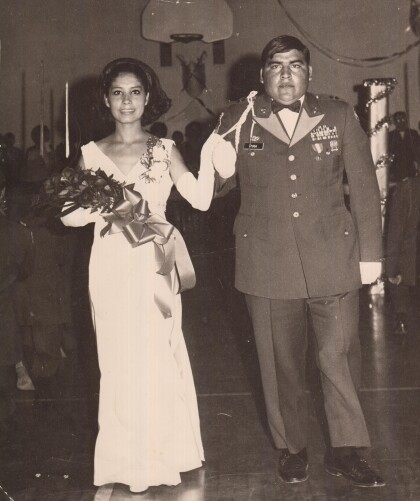
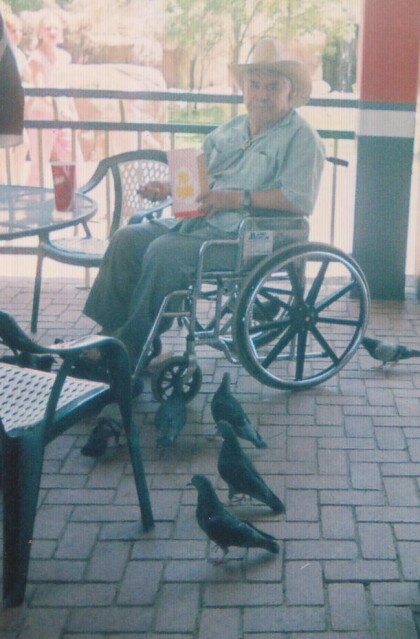

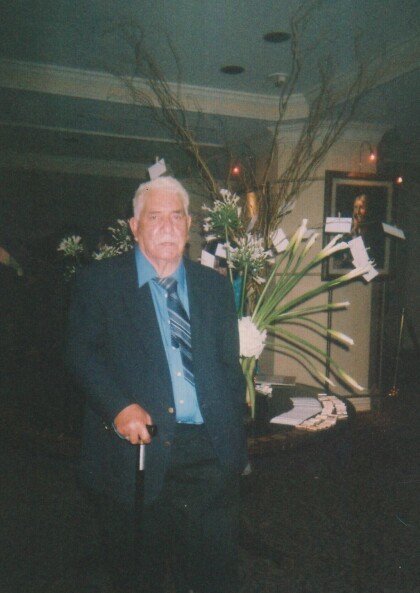
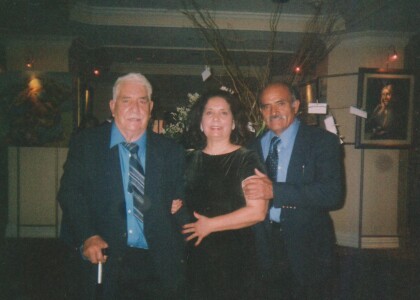
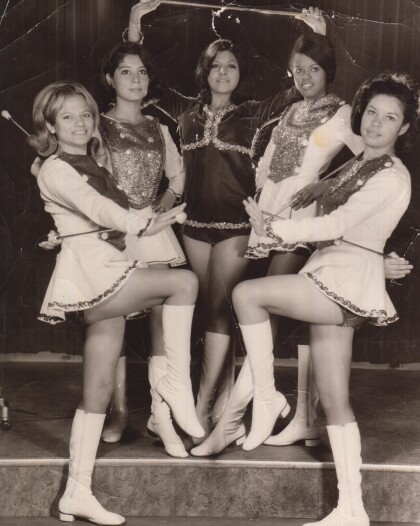
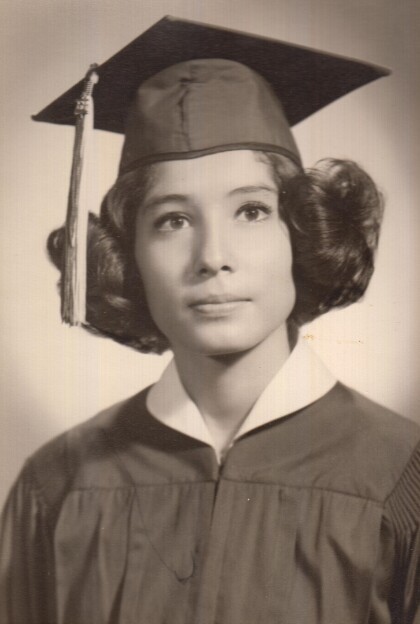

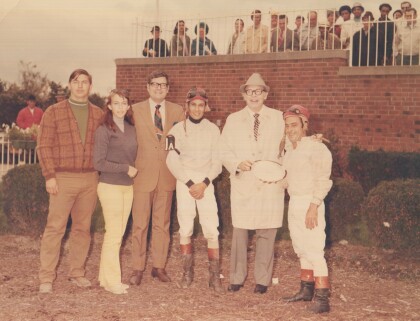
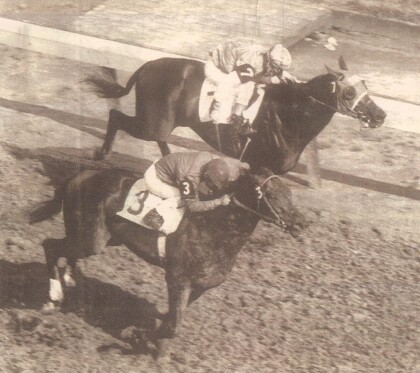
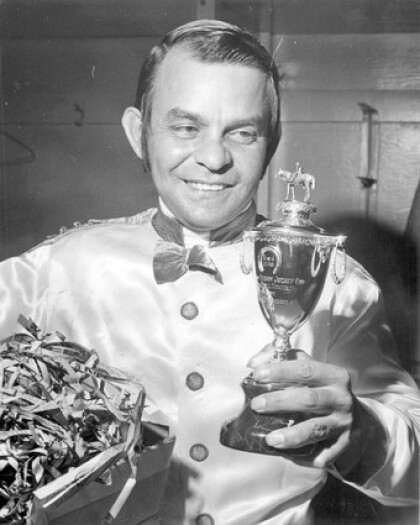



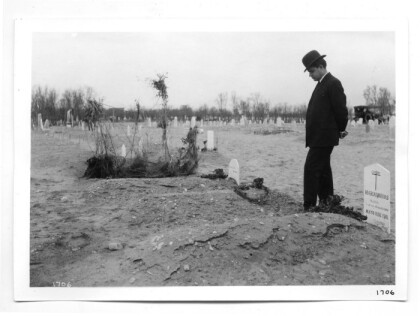
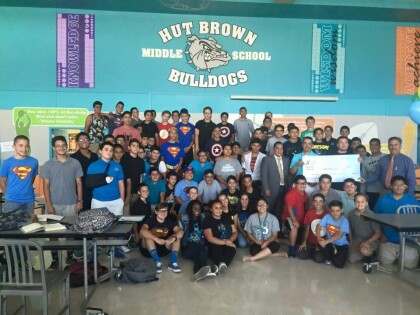
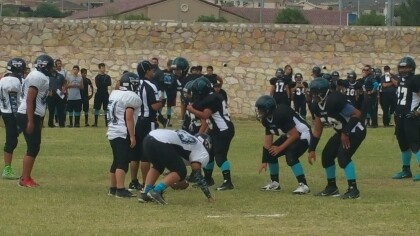
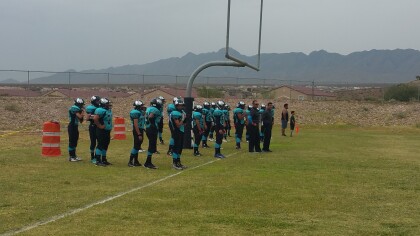
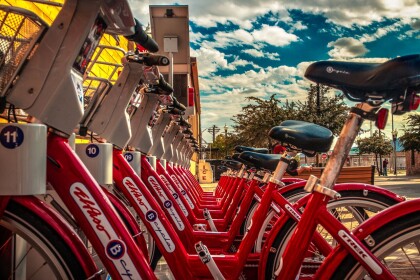
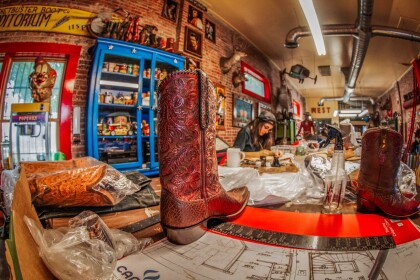
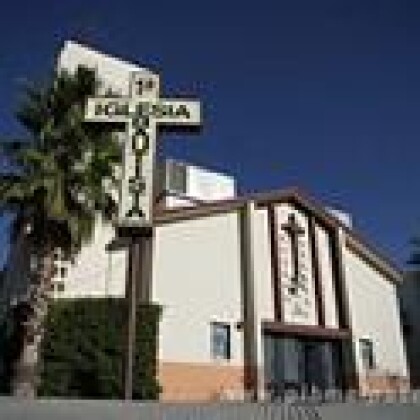
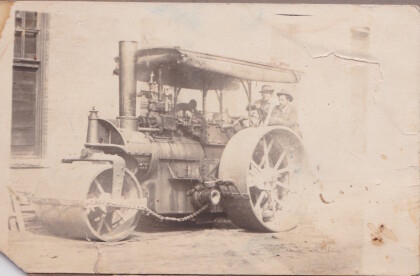
Comentarios
Hacer un comentario